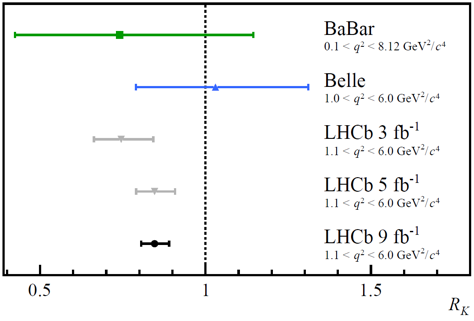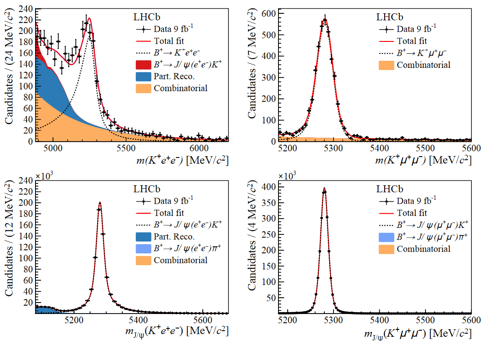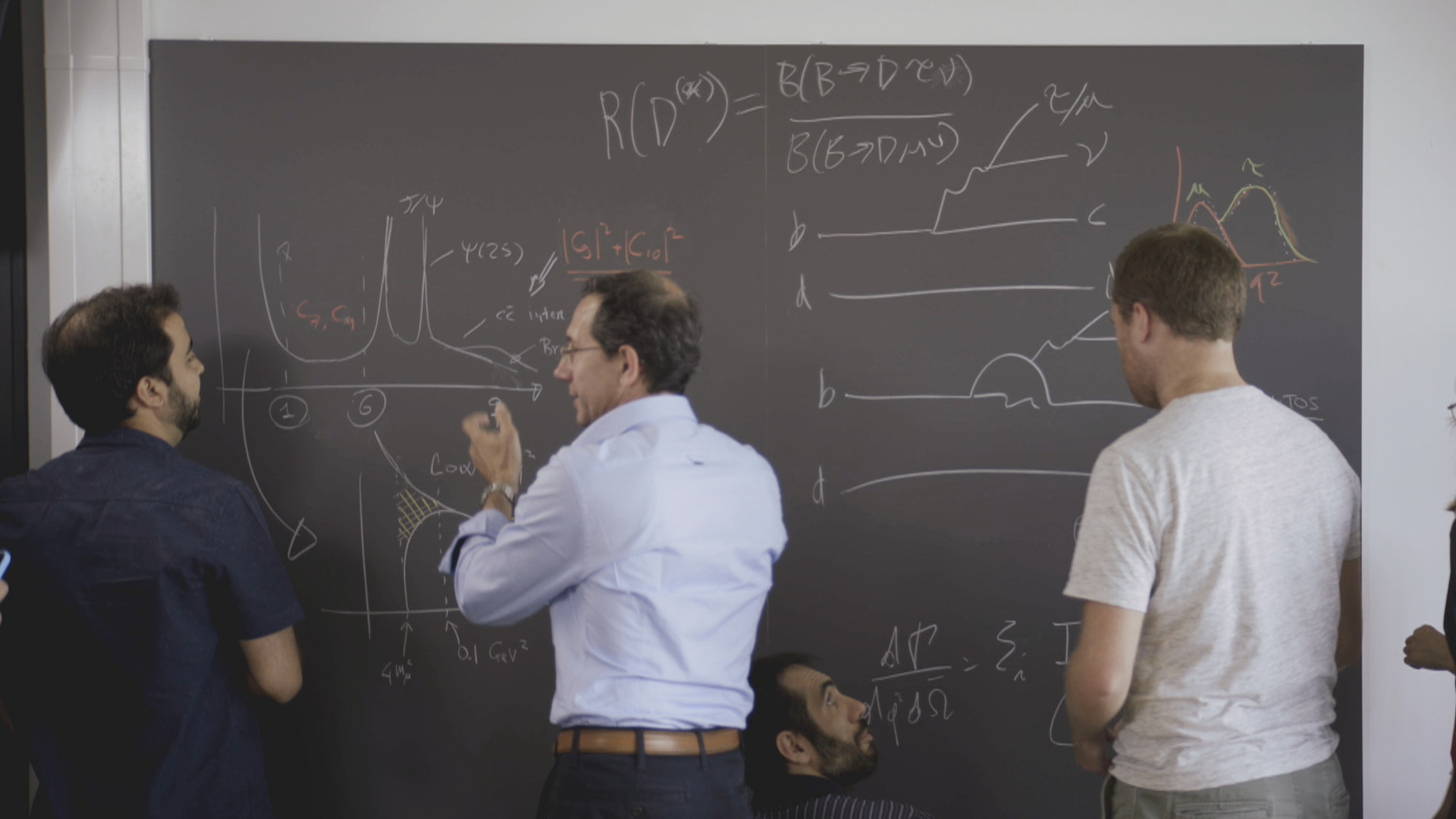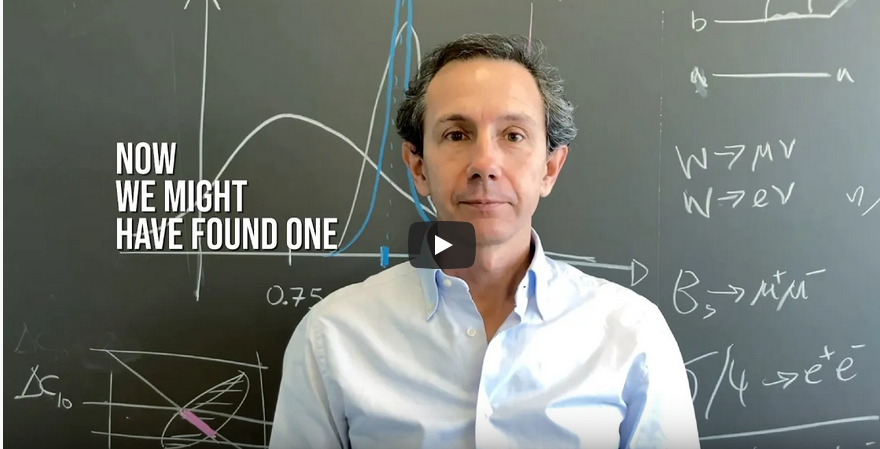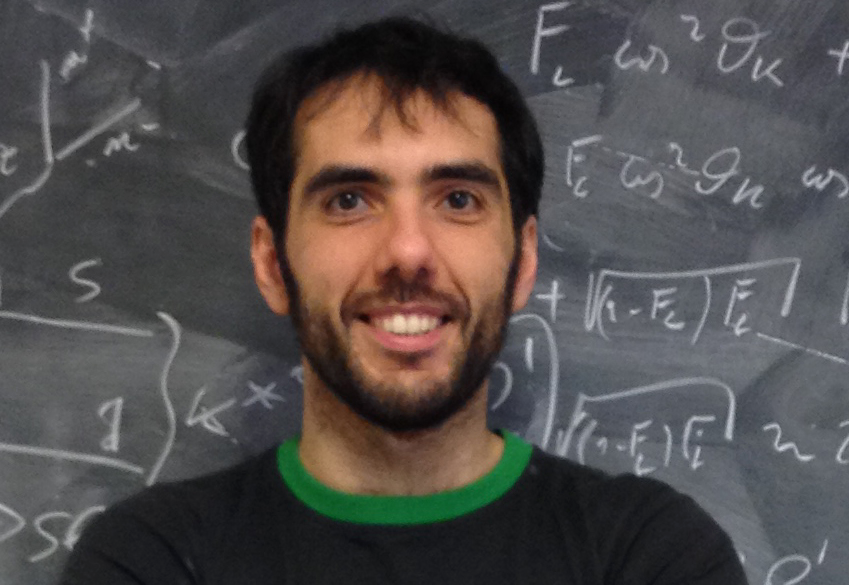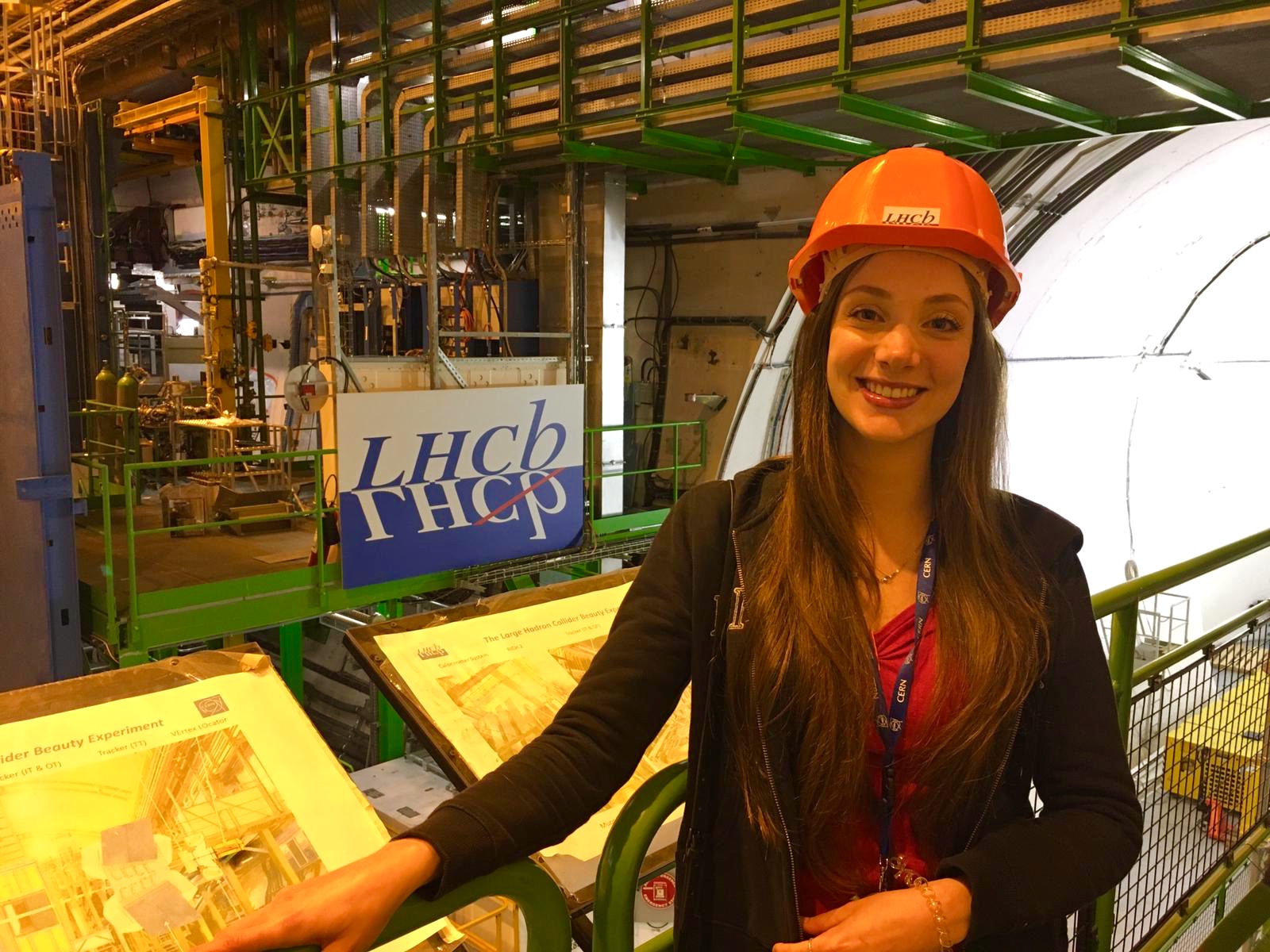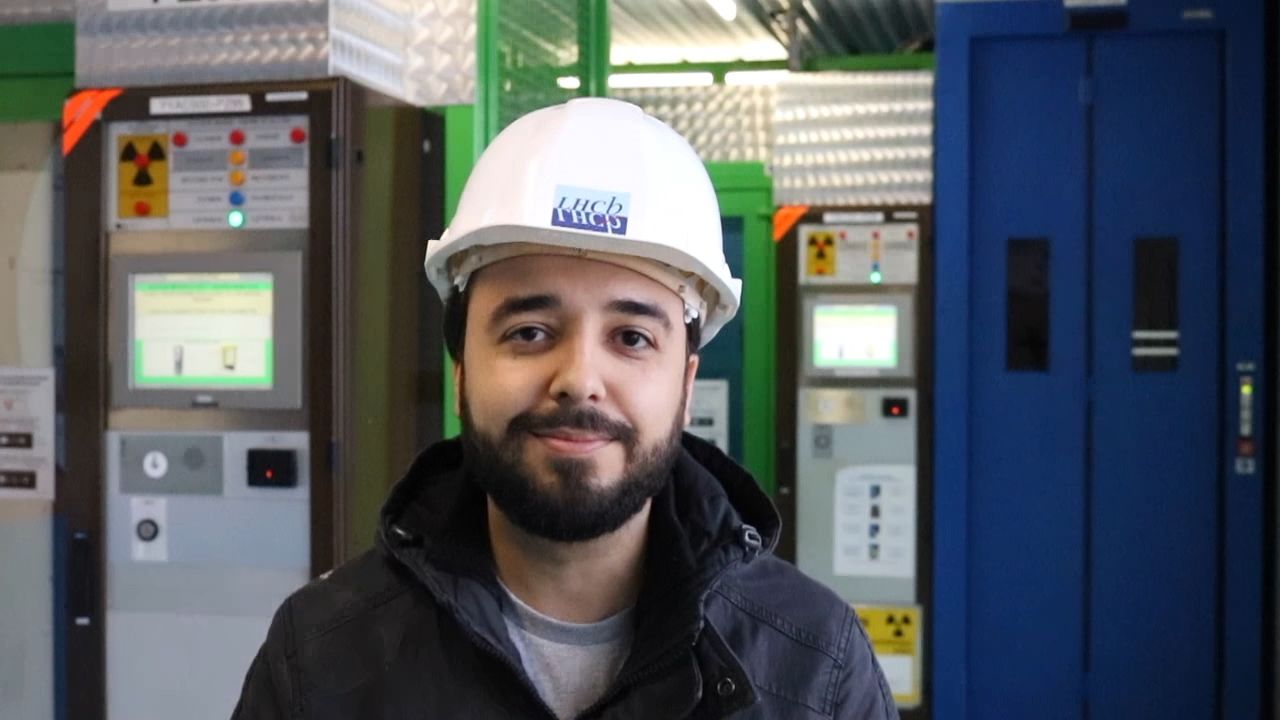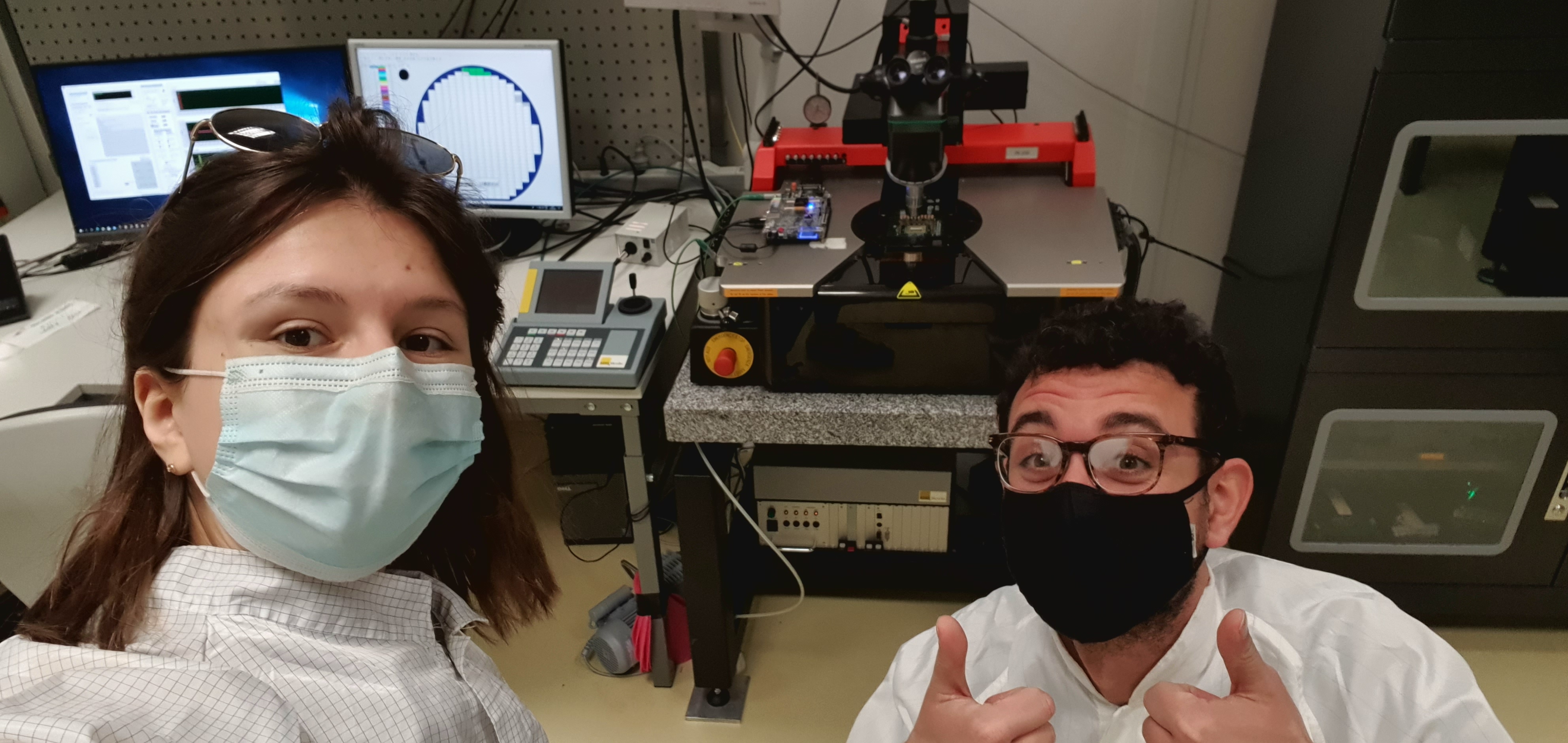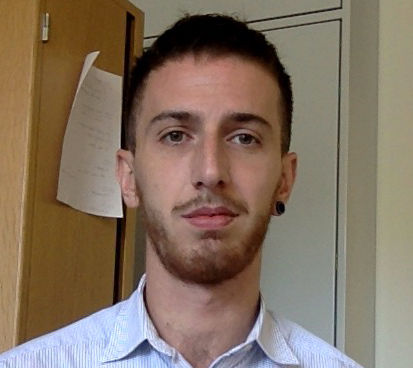Recent Results from LHCb Challenge Leading Theory in Physics
The LHCb collaboration has just released new intriguing results. The latest measurements strengthen hints for a deviation with respect to the theoretical expectations.
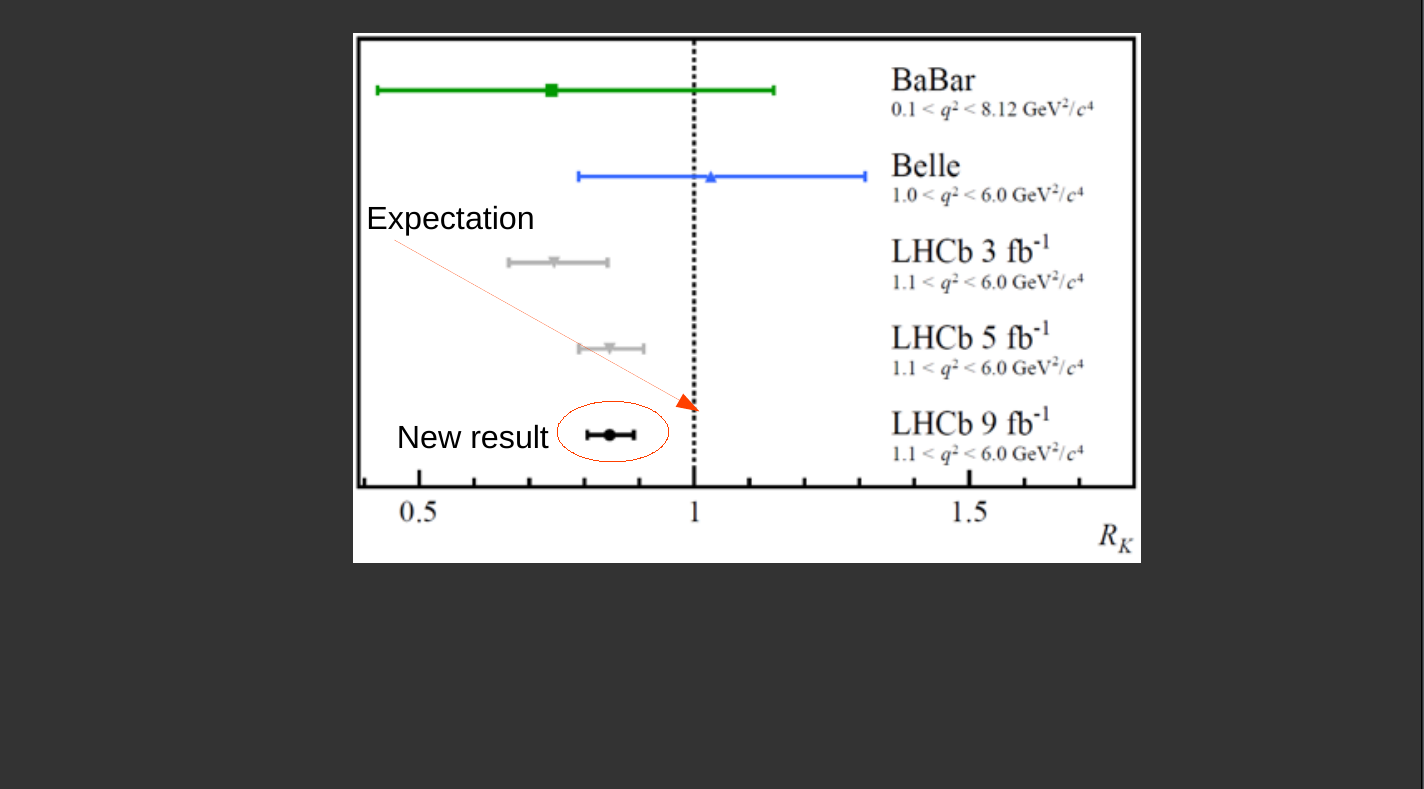
When so-called beauty quarks are produced during the collision of high-energy proton beams in the Large Hadron Collider – the particle accelerator at CERN in Geneva – they decay almost immediately on the spot. Researchers of the LHCb collaboration reconstruct the properties of the composite particles based on their decay products. According to the established laws of particle physics – the so-called Standard Model – it is expected that beauty quarks decay with the same probability into a final state with electrons and muons, the much heavier siblings of electrons. However, since 2014 measurements at the LHC suggest that this "lepton universality" may be violated in some decays. In these decays the production ratio of the two types of particles is different from the theoretical prediction of one.
Measurement in in beauty quark decays appear inconsistent with particle physics prediction
Members of the group led by Nicola Serra, professor at our department, are part of the small research team that worked directly on the measurement. In the newest LHCb analysis, the ratio of decay products containing electrons and muons was determined with much better precision compared to previous measurements, using all the data collected by the LHCb detector so far. The result indicates evidence for a deviation from the ratio of one – and hence a breaking of the “lepton universality” in beauty quark decays with a probability of around 0,1% that the data is compatible with the theoretical prediction. If confirmed, this violation would imply physics beyond the Standard Model such as a new fundamental force in addition to the four fundamental ones: gravity, electromagnetism, weak nuclear interactions responsible for radioactivity and strong nuclear forces that hold matter together.
The figure shows the invariant mass distribution of the candidates decaying into two electrons (left) or two muons (right). The top row shows the signal of the rare mode B+ to K+and two leptons and the bottom row the decay via the resonance B+ to K+J/ψ.
Too early for a final conclusion, but great potential with upcoming measurements
In particle physics, observations become true discoveries if the probability of error, taking into account all known errors, is less than one in three million or 0,00003%, which adds caution to researcher’s excitement. «So, it is too early to draw a final conclusion. However, this deviation agrees with a pattern of anomalies which have manifested themselves over the last decade», says Nicola Serra. «Fortunately, the LHCb collaboration is well placed to clarify the potential existence of new physics effects in these decays. We just need many more related measurements in the future», he concludes.
The result was presented for the first time on Tuesday, March 23, 2021 at a conference in Moriond, France and in a seminar at CERN, the European Organization for Nuclear Research in Geneva.
LHCb has a strong Swiss contribution with groups from the University of Zurich and the EPFL been member of the LHCb collaboration since 1999. They have made important contributions to the design and construction of the LHCb detector and are involved in its upgrades. These will be key to collect a large enough dataset to find out whether the anomalies observed in b-decays are indeed due to new physics
Since the start of data taking in 2009 the UZH group of Nicola Serra has played a leading role in measurements of decays of particles containing beauty quarks and he led the first LHCb analysis that resulted in a hint for a deviation in 2013. The measurement shortly described above is the latest of a set of consistent deviations from the predictions observed in decays of beauty quarks. Researchers from Nicola Serra's group are at the forefront of many of these measurements.
Theory groups
UZH is in the exceptional position of not only having a strong group leading the measurements of rare b decays but having a theory group led by Gino Isidori working on the theoretical description of these decays. His group deals with some of the most interesting open questions about the nature of basic constituents of matter and their fundamental interactions, closely connected to the research questions of the LHCb experiment. A close and important collaboration occurs also with Prof. Andreas Crivellin, based at PSI. His group is deeply involved in understanding the possible implications of these results for other experiments. The close and fruitful collaboration of theory and experiment allows UZH researchers to be at the frontier of current research in particle physics.
Statements from theorists

Gino Isidori
What makes this result so exciting, is that it fits very well with other anomalies, in similar processes, reported since 2013. The picture is very coherent and signals us the existence of a new elementary interaction.

Claudia Cornella
I’m very thankful to my experimental colleagues at LHCb. Thanks to their hard work, we can finally say there is evidence of LFU Violation in B->Kll! I’m looking forward to keep investigating the origin of these anomalies.
